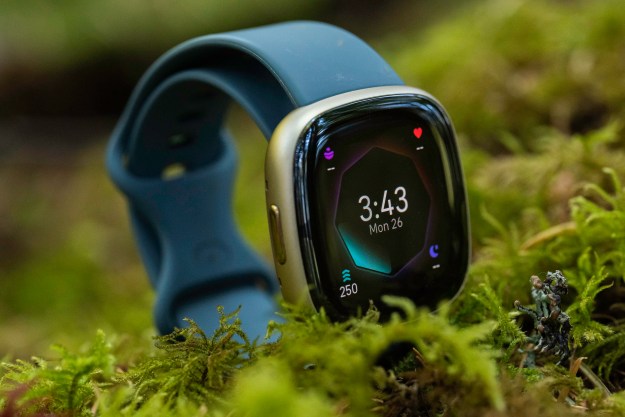
Charge and transfer on the go
Two new JumpDrives in the C20 series are designed to expand the storage of Android devices. The new C20m and C20c feature Micro USB and Type-C connectors, respectively, and are available in 32GB, 64GB, and 128GB sizes.
Building off the design of the previously released iPhone version (the C20i), the flash drives have a standard USB plug on the other end of the cable, which allows users to charge their devices while viewing or transferring files to or from the drive. The extra short cable is designed to keep clutter to a minimum when using a portable USB battery, and an optional kick stand (available exclusively through Amazon) can prop your phone up at a good viewing angle.

“Today’s users are capturing and storing immense amounts of high-quality content on their devices every day,” said Lexar’s product marketing manager, Yeon Kim, in a statement. The new jump drives “provide users with an easy way to transfer, share, and offload content on the go.” Each C20 drive uses USB 3.1 for transfer speeds up to 150 megabytes per second to a computer.
The JumpDrive C20m starts at $16 for the 32GB version, while the 64GB fetches $25 and the $128GB goes for $40. The C20c comes with a small premium for the new Type-C connector, with prices of $20, $30, and $50 for the same respective sizes.
MicroSD readers for mobile devices
Along with the new jump drives, Lexar introduced the M1and C1 MicroSD card readers which also use micro USB and Type-C connectors, respectively. These, too, follow in the footsteps of the already available Lightning version for iOS devices. For Android users without built-in expandable storage, these impossibly small card readers make for a compact and convenient way to add memory to their devices.
The M1 sells for just $10, while the C1 is still quite affordable at $13.
Digital Trends has been testing the iPhone-compatible C20i and Lightning MicroSD reader for a few days now. The C20i, in particular, features an impressive build quality. From the Lightning plug to the cable itself, everything is sturdy and feels like it is built to survive being jostled around inside a backpack or other bag when traveling.
The one downside of both these products is that viewing and transferring files can only be done through Lexar’s Mobile Manager app, rather than from within the OS itself, but for mobile power users — especially content creators — having the additional storage space and simultaneous charging ability will be well worth the extra step.
While USB Type-C is still in its infancy, it is nice to see that there are already some high-quality storage solutions on the market that are ready for these new devices.
New MicroSD cards emphasize size, reliability
Lexar’s new 256GB High-Performance MicroSD card catches up to SanDisk to tie the record for current highest-capacity MicroSD card in production. Lexar claims it can hold nine hours of 4K video. It features a 633x (95MB/s) transfer speed and is designed for use in action cameras and drones.
Users wanting higher performance can still turn to Lexar’s Professional line, which offers blazing 1800x transfer speeds, but currently tops out at a capacity of 128GB.
Both Lexar’s High-Performance and Professional lines now also carry the “Works with GoPro” certification, signifying worry-free operation in GoPro cameras. The new 256GB card is coming soon with an expected retail price of $275.

But perhaps more interesting was the introduction an entirely new line of High-Endurance MicroSD cards. As we learned during a press release at Lexar’s Milpitas, California headquarters, these High-Endurance cards are purposefully made smaller and slower, using older memory technology that has a lower density but higher reliability.
Designed for home security cameras, dash cams, and other “always-on” devices, they are available in 32GB and 64GB capacities with read speeds of just 40MB/s. They do, however, meet the video recording requirements of Class 10 and U1.
The 64GB card is tested to handle 12,000 hours of 1080p video at 26 megabits per second over its lifetime, 2,000 hours longer than the previous leading MicroSD card. For comparison, Lexar’s High-Performance series is rated for about 1,000 hours in the same conditions. These new cards should help quell the fears of users who have had concerns about the data retention capabilities of the MicroSD format.
The 32GB and 64GB High-Endurance cards are available now for $25 and $40, respectively.



